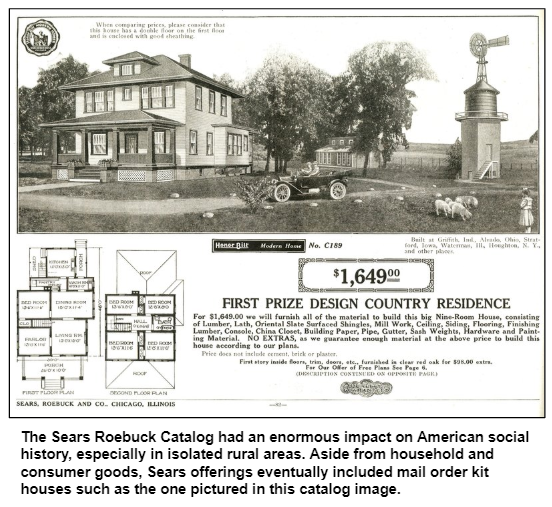Saturdays, noon to 1 p.m. ET on WICR 88.7 FM.
Or listen live from anywhere on WICR Online!
Our call-in number during the show: (317) 788-3314

November 10, 2018
Sears Roebuck catalog and Sears kit homes
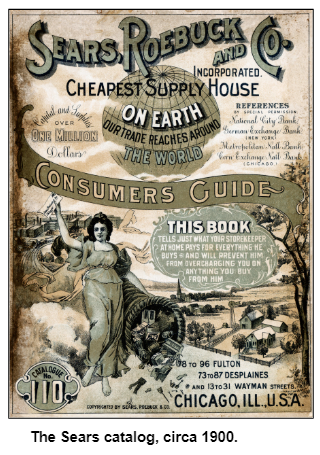
Amid the news of the Sears bankruptcy and expected closing of yet another wave of stores, we will turn back the pages of history to explore the enormous impact of the Sears Roebuck Catalog 100 years ago, particularly on small towns and rural areas.
In addition to delving into the heyday of the catalog (with more than 500 pages, it has been called "the amazon.com of its era" by social historians), we also will explore Sears kit homes that were built across Indiana beginning in 1908.
The mail-order catalog began earlier, during the 1890s, and offered products ranging from household appliances to hats, shoes, undergarments, sleds, dolls and baseball mitts from Sears. Rival retailer Montgomery Ward had been selling goods by mail even before that, having been established in 1872.
Nelson's studio guests will be Paul Diebold of Indiana DNR's division of historic preservation and archaeology, an expert on Sears kit homes, and public historian Glory-June Greiff, who has researched the impact of the catalog.
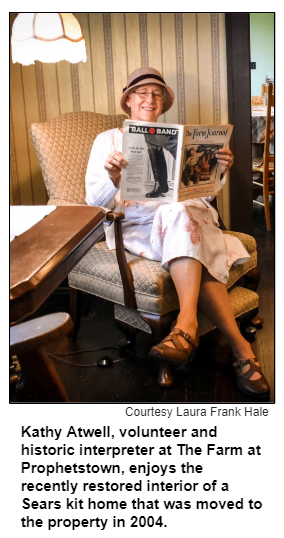
Eventually, she adds, the catalogs even resulted in a clamor for improvements to county roads, "especially farm-to-market roads so that rural dwellers could more easily pick up their catalog orders. No RFD [Rural Free Delivery] then." In fact, the popularity of catalog-ordering was a major factor in establishing RFD.
Although the most prevalent Sears kit homes were bungalows and cottages, the ready-to-assemble houses came in dozens of styles. Aspiring homeowners were sent lumber and other supplies along with an 80-page instructional booklet, Paul Diebold notes.
At The Farm at Prophetstown in Prophetstown State Park in Tippecanoe County, there's even a replica of a Sears kit farmhouse as well as a recently restored kit home that was moved from nearby Lafayette.
 The kit homes - Sears preferred the phrases "Sears Modern Home" or "Sears Catalog Home" - were available for order for 32 years, ending in 1940. The kit homes were particularly popular in cities like Indianapolis that had direct railroad connections with Chicago-based Sears, Paul says.
The kit homes - Sears preferred the phrases "Sears Modern Home" or "Sears Catalog Home" - were available for order for 32 years, ending in 1940. The kit homes were particularly popular in cities like Indianapolis that had direct railroad connections with Chicago-based Sears, Paul says.
By 1915, when Sears opened its first retail store in Chicago, the catalog and kit homes had become iconic. According to news accounts about the recent bankruptcy, at its retailing peak Sears had 4,000 department stores across the country,
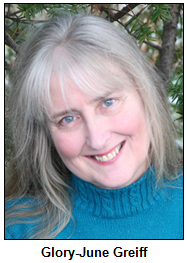 The recently announced closings include Sears stores in Greenwood and Terre Haute. Sears has been an anchor of the Greenwood Park Mall since the regional shopping center opened in 1966. A wave of closings announced earlier this year included the store at Castleton Square Mall, the only remaining Sears department store in Indianapolis.
The recently announced closings include Sears stores in Greenwood and Terre Haute. Sears has been an anchor of the Greenwood Park Mall since the regional shopping center opened in 1966. A wave of closings announced earlier this year included the store at Castleton Square Mall, the only remaining Sears department store in Indianapolis.
Sears began as a watchmaking company in the 1880s. Like Sears, Montgomery Ward was based out of Chicago; it initially sold goods exclusively by mail. During our show, Glory-June will discuss retail options that were available to rural dwellers before Ward and Sears - and "how the catalog companies changed all that."
According to the New York Times, some editions of the Sears Roebuck catalog "would fatten to more than 1,000 pages" during the early 1900s.
"It educated millions of shoppers about mail-order procedures such as shipping, cash payment, substitutions and returns," according to an article published on the Smithsonian website. "It used simple language and a warm, welcoming tone."
History mystery
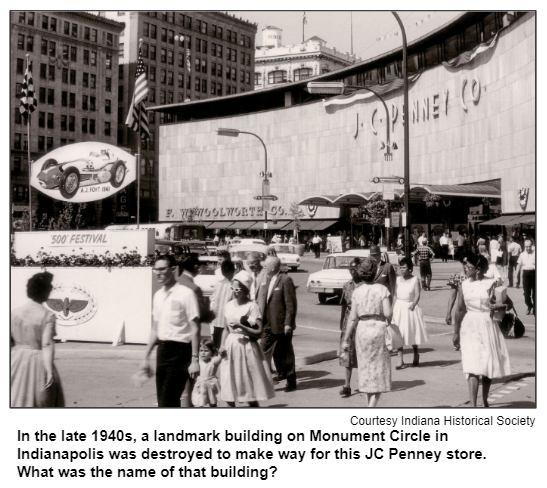
The JC Penney chain opened a department store in downtown Indianapolis in 1950. The opening of the Penney store on Monument Circle was controversial because a majestic structure was demolished during the late 1940s to make way for it. Some historic preservationists consider the tearing down of the building, which was massive and lavish in architectural detail, to be the most outrageous demolition in the history of the Hoosier capital.
The Penney store remained on Monument Circle for nearly 30 years. Today, the site is an office complex that includes Anthem, the health insurance provider.
Question: What building was demolished to make way for the JC Penney store in downtown Indianapolis?Please do not call in to the show until you hear Nelson pose the question on the air, and please do not try to win if you have won any other prize on WICR during the last two months. You must be willing to give your first name to our engineer, you must answer the question correctly on the air and you must be willing to give your mailing address to our engineer so we can mail the prize pack to you. The prizes this week are four tickets to the Indiana History Center, courtesy of the Indiana Historical Society, and a gift certificate to the Story Inn in Brown County, courtesy of the Story Inn.
Get the word out about your business or organization!
Want to reach thousands of sophisticated, intelligent Hoosier History Live listeners?
If your business or organization would like to contribute prizes for our History Mystery question, please email molly@hoosierhistorylive.org or give her a call at (317) 927-9101.
We love prizes that can easily fit in a business envelope, such as tickets or vouchers. Your business or organization gets a mention on the air by our host, as well as a mention and link in this newsletter and on our website.
Celebrating Charles Braun and 35 years of legal advice on WICR

WICR recently held a reception to celebrate Charles Braun's 35 years of hosting the live call-in legal advice talk show Legally Speaking. The program was initiated by then-UIndy president Gene Sease in 1983; Legally Speaking is believed to be the longest-running legal advice talk show in America.
Fans turned up at the reception to applaud Charles' show and salute the station's innovative mix of jazz, classical music and local talk. UIndy communications students run the board at WICR, making the station a hands-on learning experience.
Legally Speaking airs weekly Saturdays from 11:00 to 11:30 a.m. on WICR 88.7 FM.
Nelson Price, host and historian
Molly Head, producer/project manager, (317) 927-9101
Michael Armbruster, associate producer
Cheryl Lamb, administrative manager
Richard Sullivan, senior tech consultant
Pam Fraizer, graphic designer
Garry Chilluffo, special events consultant

Please tell our sponsors that you appreciate their support!

 Acknowledgments to Monomedia, Visit Indy, WICR-FM, Fraizer Designs, Heritage Photo & Research Services, Henri Pensis, Chris Shoulders, Aaron Duvall, and many other individuals and organizations. We are an independently produced program and are self-supporting through organizational sponsorship, and by individual contribution at the yellow button on our newsletter or website. For organizational sponsorship, which includes logos, links, and credits in the show, contact Molly Head at (317) 927-9101 or email her at molly@hoosierhistorylive.org. And any of our podcasts can be sponsored for a nominal fee.
Acknowledgments to Monomedia, Visit Indy, WICR-FM, Fraizer Designs, Heritage Photo & Research Services, Henri Pensis, Chris Shoulders, Aaron Duvall, and many other individuals and organizations. We are an independently produced program and are self-supporting through organizational sponsorship, and by individual contribution at the yellow button on our newsletter or website. For organizational sponsorship, which includes logos, links, and credits in the show, contact Molly Head at (317) 927-9101 or email her at molly@hoosierhistorylive.org. And any of our podcasts can be sponsored for a nominal fee.
Thank you!
We'd like to thank the following recent, new and renewal contributors whose donations help make this show possible!
- Kathleen Angelone
- Stacia Gorge
- Teresa Baer
- Linda Gugin and Jim St. Clair
- Tom and Linda Castaldi
- Jinsie Bingham
- James H. Madison
November 17, 2018
Cryptology, kindergarten and farmwife advice: Hoosier visionaries
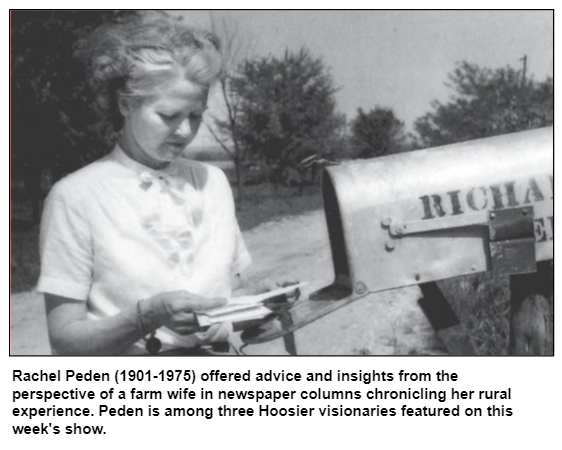
A master decoder of secret messages from foreign governments wouldn't seem to have any connection to an early advocate for free kindergarten.
Or to a columnist who offered insights about the challenges of running a farm.
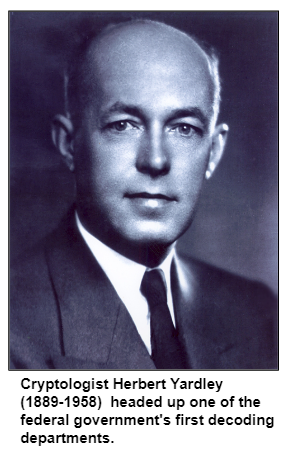
The cryptologist was Herbert Yardley (1889-1958), a native of Worthington in western Indiana who headed up one of the federal government's first decoding departments, which became known as the "Black Chamber." Yardley is credited with decoding telegrams from Japan, the Soviet Union and other nations during the 1910s and '20s. Thanks to the decoding of sophisticated diplomatic missives, the U.S. won major concessions from Japan during a 1921 naval disarmament conference.
The kindergarten visionary was Eliza Blaker (1854-1926), who started free preschools for low-income families in Indianapolis during the 1880s. She also founded a training school for kindergarten teachers, influencing hundreds of educators in Indiana - and beyond, because the teaching methodology at what was known as "Mrs. Blaker's College" inspired preschool teachers in other states as well. In 1930, Blaker's school was absorbed into Butler University.
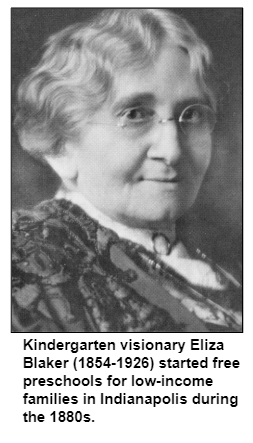
Yardley, Blaker and Peden are among 40 notable Hoosiers whose impact is described in Indiana Originals (Arcadia Publishing), a new book by Ray Boomhower, senior editor at the Indiana Historical Society. Ray, who will be Nelson's studio guest, describes the notables as "bold visionaries."
The son of a railroad telegrapher in Worthington, Yardley initially took up that occupation before becoming a master cryptologist. With him at the helm, the Black Chamber - officially called the American Cryptographic Bureau - decoded more than 45,000 telegrams "from the governments of such major powers as Great Britain, France, Germany, Japan, 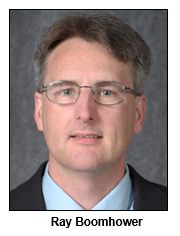
Just as Yardley didn't invent cryptology or poker, Blaker did not originate the idea of kindergarten, which began in Germany during the 1830s. But she became a Midwest pioneer, initially organizing women to set up a free kindergarten on the near-westside of Indy in 1881. The next year, she opened the Kindergarten Normal Training School, later known as the Teachers College of Indianapolis.
During a 44-year period, Ray writes, Blaker "oversaw the education of thousands of youngsters and provided training for thousands of preschool teachers." She crusaded to give young children instruction that was, to use Blaker's phrase, "character forming."
© 2018 Hoosier History Live. All rights reserved.
|

